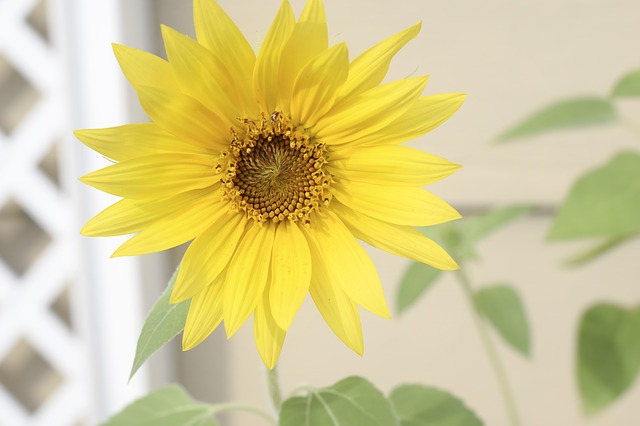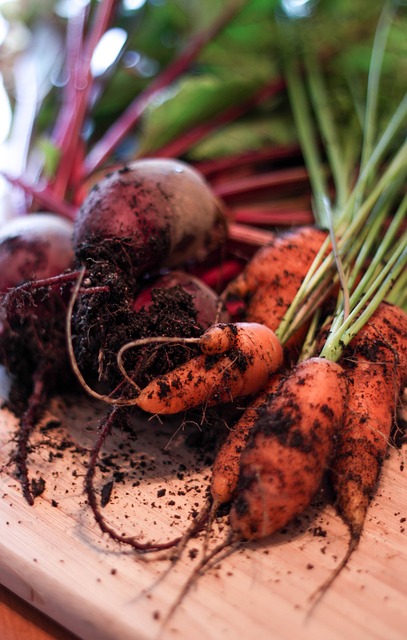
Organic gardening is something that many families want to do but simply never take on the challenge. It seems like it would be complicated and a lot of of work to a novice. They are intimidated but don’t need to be. You can prevent that from holding you back, and find renewed passion for your gardening activities, by reading the easy tricks and simple tips in the article below.
Let your children be involved in your organic gardening efforts. Helping a garden grow is an excellent learning experience for kids, and it allows your family to spend time together while creating healthy, nutritious foods.
Strawberries are a good organic garden choice for families with strawberries, particularly everbearing strawberries. You will find that they enjoy participating in gardening if they are allowed to pluck the fresh berries and eat them straight from the earth.
If little ones live in your home, consider including everbearing strawberries in the garden plot. Kids delight in the idea of growing things and seeing how things change over time. Explain every step to your child and he or she will hang on to your every word.
You can help to prevent your plants from developing diseases with aspirin water. Dissolve one aspirin and a half for 2 gallons of water. All you have to do is spray the plants with this solution and you should see good results. Try to apply the mixture to the plants at least once in each three week period.
Maximize your time by keeping your tools close. Carry your tools in a bucket, or keep them in the pockets of a pair of rugged pants. Keep common tools such as your gloves or your pruning shears within reach so that you can quickly and easily maintain your garden whenever you need to.
To keep your houseplants happy during the day, your thermostat should be set anywhere between 65 and 75 degrees. This is the optimum temperature to ensure strong growth. If you want to save money on gas bills in the winter, you can provide local heating for the plants with a heat lamp instead.
After your seeds begin to sprout, it is not as important to keep them warm. You can begin to move them further from the heat source as they become seedlings. Take off any plastic that is on the containers to keep away from warmth and moisture. Watch the seeds so you can know when you do this.
Cover your flower beds with two or three inches of compost or organic mulch. Covering the beds with mulch serves multiple purposes; it helps the flowers by retaining moisture and adding nutrients, and it discourages the growth of unwanted plants. Mulch also completes your garden, giving it a finished appearance.
Your compost pile should contain green plant materials and dry plant materials. Add grass clippings, waste from fruits and vegetables, leaves, and weeds for the green materials in your compost pile. For the dry end of the spectrum, think of things like paper and cardboard, sawdust, hay, etc. Avoid ashes, meat, charcoal and diseased plants in your compost.
Pine Needles
Lightly ruffle your seeds by hand or with cardboard, twice daily in your organic garden. This sounds like total nonsense, but there is research suggesting that it does promote plant growth relative to unpetted plants.
Pine can make surprisingly great mulch. There are many common acidic plants that prefer acidic soil. Pine needles are an excellent form of mulch for these types of plants. If you spread a few inches of pine needles around your garden beds, when they break down, the acid they contain will leach into the soil.
A beer trap is an effective way of of dealing with any slugs that invade your organic garden. First, place a glass canning jar in the soil, burying it until the mouth is even with the surface of the soil. Fill the jar with beer about an inch lower than the top. Slugs will be attracted by the beer and fall into the jar.

You should always take spacing into account when placing plants in your organic garden. Many people underestimate the space needed for plants to grow to their full size. You need to take into account the plant’s size when it is fully grown, as well as allowing space for air circulation between each plant. Plant the plants appropriately when it comes to spacing the seeds.
If you sell your crops and label them organic, you should get an organic garden certified seal. This should improve sales and attract customers who are environmentally conscious. A certification will easily communicate to them that they are getting the best products possible.
Make sure you don’t let your chores pile up when it comes to your garden While you may not be able to spend a lot of time every day in your garden, even little items done daily will stop the mountain of work from growing. If you’re outside with your pet, try to remove weeds when your pet is doing his business.
Adopting organic gardening methods may take more effort than traditional approaches, but the payoff is considerably worth it. While chemical companies may make astounding claims about their products, growing organically is the most rewarding option for you and those who consume your crops.
Is there a natural way to kill weeds? Take layers of newspapers and use them for weed control. The main thing that a weed needs to thrive is sunlight. The newspaper will block sunlight and weeds won’t be able to grow. Newspapers tend to break down into compost nicely. You can add mulch on top for aesthetic reasons.
Use mulch to enhance the health of your soil. A couple of inches of mulch will protect what lies beneath it. Mulch will ensure your soil is kept cool on hot days and protect your roots. Additionally, moisture will not evaporate from the ground so quick when mulch is applied. Mulch is also excellent for keeping weeds at bay.
If you sell your crops and label them organic, you should get an organic garden certified seal. This will improve your sales and show your faithful customers that they are getting the best possible food that is grown.
Try to avoid over-watering your plants. Too much water will make it more difficult for the plants to absorb the nutrients they need from the soil. If you are going to water your plants outdoors, you should first check the weather for you area to see if any rain is coming that day. You may be able to skip watering because of the pending weather.
Organic fruits and vegetables grow without being exposed to pesticides and other chemicals. While this is great, you still need to check your produce for any bugs or other pests.
Go ahead and dig a hole so that you can plant a shrub or tree for your organic garden. If you see that the sides of the hole appear shiny, you’ve probably packed the dirt to tight, which can interfere with the roots.
Research botanical insecticides that can be purchased locally to aid in ridding your garden of pests. You can find more power from natural insecticides, as opposed to engineered synthetic pesticides. Keep in mind, however, that natural pesticides frequently deteriorate more quickly than those with a man-made base.
Be particular when selecting the plants you will include in the organic garden. While two varieties of a plant may fall within the same family, there could be variations in the basic requirements for each one. For example, some varieties of roses will thrive in a particular home garden, whilst others will wilt and die. Research the types of plants that are best suited to the environment and weather conditions where you live.
When you stick to the tricks, advice, and tips in this informative article, any fear you feel towards organic gardening should dissipate. It is relatively easy to have an organic garden, that you can show off with pride. Soon you can have fresh, environmentally-friendly fruits and vegetables on your table.
There are many plant kinds you may grow in an organic garden. Acid-loving plants really love mulch. Mulch these acid-loving plants using pine needle-based mulch around September or October. Pine needles in particular produce a lot of acid as they begin to decompose. Your plants will love this.
Many people want to find out more about soft down alternative pillow soft
nurse home waterproof mattress protector
mattress and box spring encasements, but they don’t know where to start. Fortunately for you, this article has given you the information that you need to get started doing just that. Now implement the advice you’ve just read.













